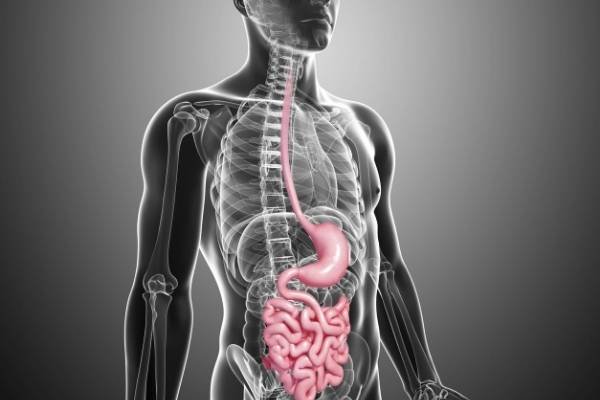According to a latest study published in the peer reviewed journal Nature Nanotechnology, investigators suggested that the new nanotechnology in molecular imaging techniques would help physicians in directly visualizing the gastrointestinal tract.

Most traditional diagnostic modalities that are used for the identification of gastrointestinal ailments (such as ultrasound, magnetic resonance imaging and x-rays) are ineffective at delivering comprehensive access to the tissues due to contrast mediated issues or inadequate access in direct real time visualization. Extensive research has been put together by scientists to devise a technique that could allow healthcare providers in understanding the metabolic functioning of gut.
With the help of this nanotechnology, scientists can now utilize the optimal imaging contrast that could tolerate the physiological conditions of alimentary canal without being absorbed by the body. The bright dyes in these nanoparticles would then allow scientists to get high-tech, dynamic full-body images, demonstrating the functioning of stomach and intestines. Other non-ionizing and non-invasive imaging techniques like positron emission tomography and photoacoustic imaging will also be used to accomplish this task.
So far the results in laboratory subjects like mice have shown successful results; however scientists suggests that more human trials should be performed to determine the clinical safety and effectiveness of this imaging technique.
About us and this blog
We are a teleradiology service provider with a focus on helping our customers to repor their radiology studies. This blog brings you information about latest happenings in the medical radiology technology and practices.
Request a free quote
We offer professional teleradiology services that help hospitals and imaging centers to report their radiology cases on time with atmost quality.
Subscribe to our newsletter!
More from our blog
See all postsRecent Posts
- Understanding the Challenges of Teleradiology in India January 19, 2023
- Benefits of Teleradiology for Medical Practices January 16, 2023
- Digital Transformation of Radiology January 2, 2023









